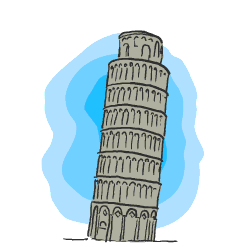Transcreation
Transcreation consists of grasping the essence of the message and recreating it in another language so that it has the same intent and emotional impact, right tone and most suitable style.

It is well known that the linguistic, semantic and cultural expressions of English are different from those of Italian. Therefore, to convey the essential idea of the original text and evoke the same reaction in the reader, it may be necessary to sacrifice literalism. Translation in these cases becomes creative rewriting.
The transcreative process entails a series of steps (below) that can only be performed correctly by a person with a deep knowledge of the two languages concerned and a profound understanding of the heritage, shared values, customs and traditions of their respective reference cultures. Furthermore, this level of familiarity can only be achieved as a result of many years of experience.
- Deep understanding of every aspect of the concept expressed in the original language, including its emotional charge, cultural allusions and any implicit meanings. The translator must empathize and identify with the author and come to feel that the content of the writing is their own.
- Subconscious assimilation of the message freed from the linguistic structures and words, which constitute a mere formal representation of the ideas and concepts expressed, and reduced to its essential form of pure primitive, instinctual feelings.
- Reworking of the content in all its complexity by the language centres of the brain devoted to English and its re-expression in strict observance of the rules of the target language in order to elicit the same emotions and produce the same effect as the original.
Of course, all this is followed by a formal quality control focusing on integrity, spelling, grammar, syntax, terminology, fluency and layout.